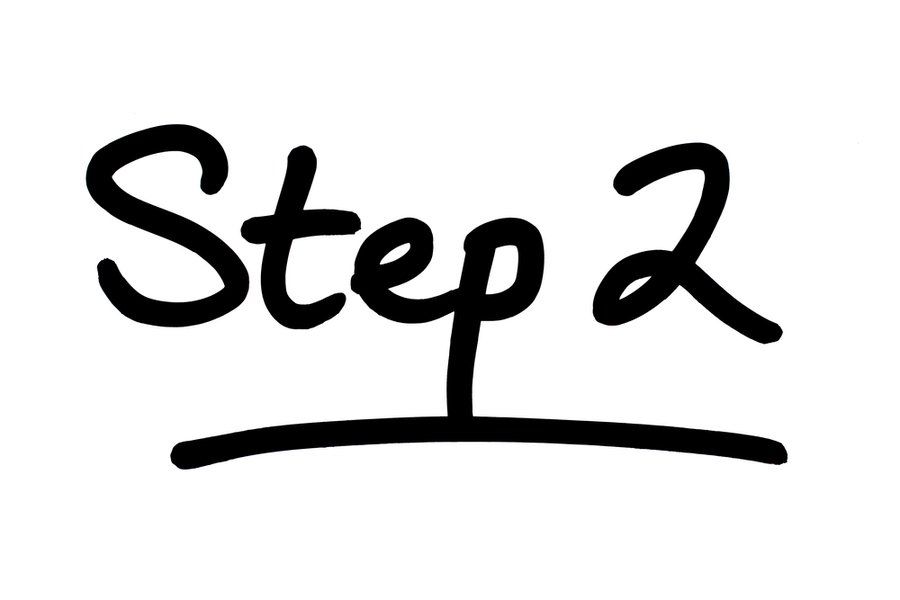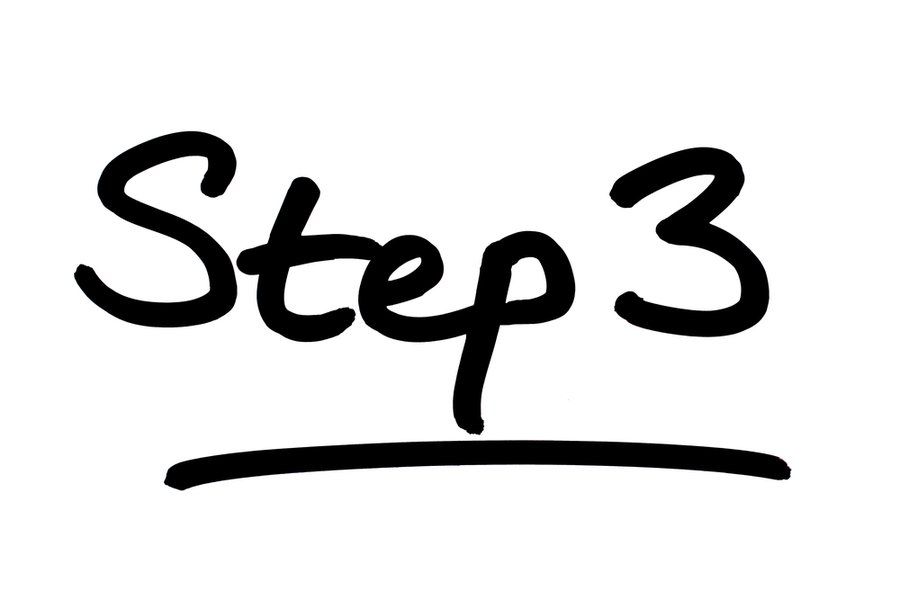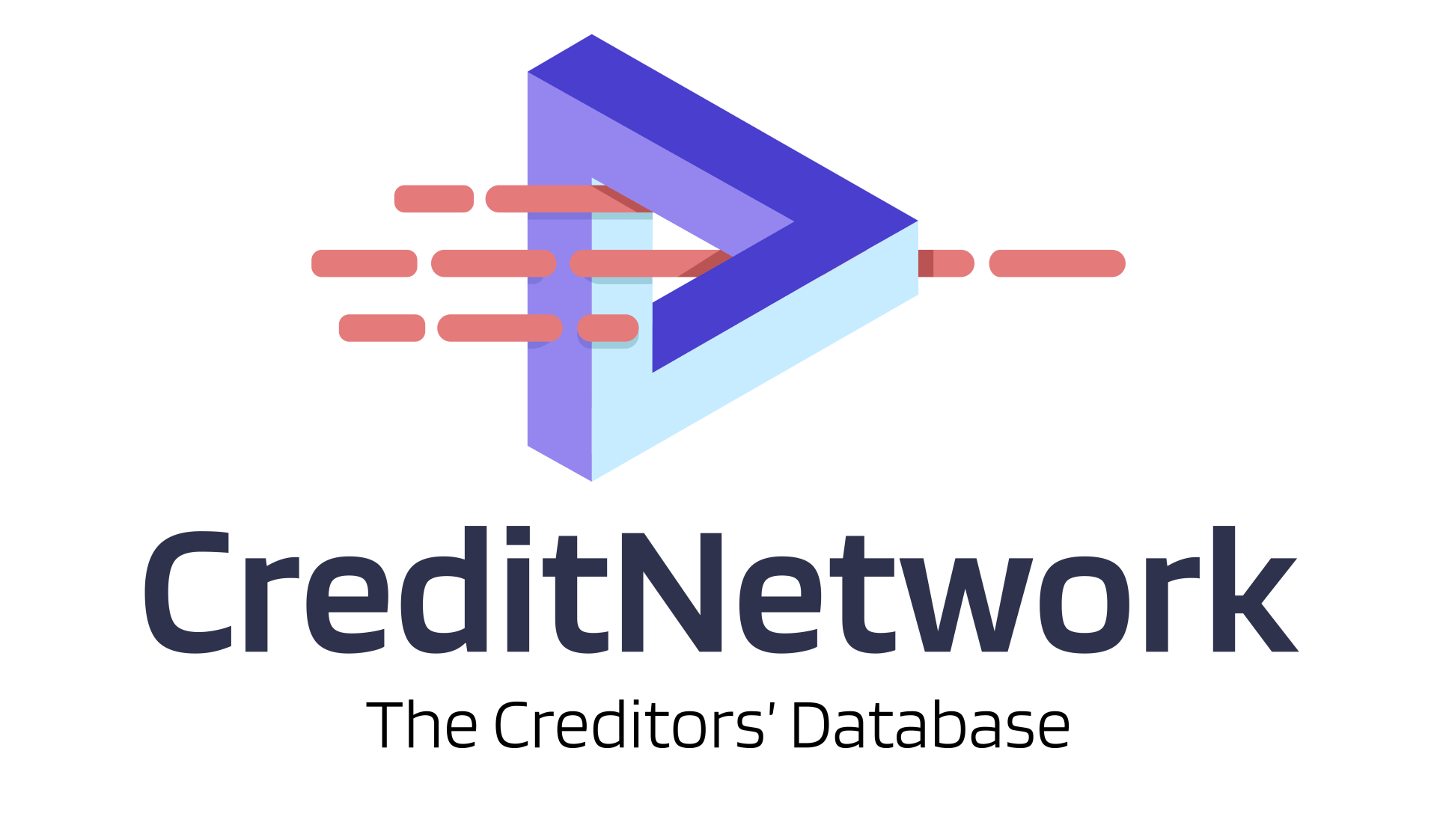Step 1 - Market Research (10 Steps to Start Your Business)
Market research and competitive analysis
Use market research to find customers
Market research blends consumer behavior and economic trends to confirm and improve your business idea.
It’s crucial to understand your consumer base from the outset. Market research lets you reduce risks even while your business is still just a gleam in your eye.
Gather demographic information to better understand opportunities and limitations for gaining customers. This could include population data on age, wealth, family, interests, or anything else that’s relevant for your business.
Then answer the following questions to get a good sense of your market:
- Demand: Is there a desire for your product or service?
- Market size: How many people would be interested in your offering?
- Economic indicators: What is the income range and employment rate?
- Location: Where do your customers live and where can your business reach?
- Market saturation: How many similar options are already available to consumers?
- Pricing: What do potential customers pay for these alternatives?
You’ll also want to keep up with the latest small business trends. It’s important to gain a sense of the specific market share that will impact your profits.
You can do market research using existing sources, or you can do the research yourself and go direct to consumers.
Existing sources can save you a lot of time and energy, but the information might not be as specific to your audience as you’d like. Use it to answer questions that are both general and quantifiable, like industry trends, demographics, and household incomes. Check online or start with our list of market research resources.
Asking consumers yourself can give you a nuanced understanding of your specific target audience. But, direct research can be time consuming and expensive. Use it to answer questions about your specific business or customers, like reactions to your logo, improvements you could make to buying experience, and where customers might go instead of your business.
Here are a few methods you can use to do direct research:
- Surveys
- Questionnaires
- Focus groups
- In-depth interviews
For guidance on deciding which methods are worthwhile for your small business, the U.S. Small Business Administration (SBA) provides counseling services through our resource partner network.
Use competitive analysis to find a market advantage
Competitive analysis helps you learn from businesses competing for your potential customers. This is key to defining a competitive edge that creates sustainable revenue.
Your competitive analysis should identify your competition by product line or service and market segment. Assess the following characteristics of the competitive landscape:
- Market share
- Strengths and weaknesses
- Your window of opportunity to enter the market
- The importance of your target market to your competitors
- Any barriers that may hinder you as you enter the market
- Indirect or secondary competitors who may impact your success
Several industries might be competing to serve the same market you’re targeting. The Department of Justice provides a diagram of Porter’s Five Forces as one way you can differentiate your competitive analysis by industry. Important factors to consider include level of competition, threat of new competitors or services, and the effect of suppliers and customers on price.
See original article on sba.gov




